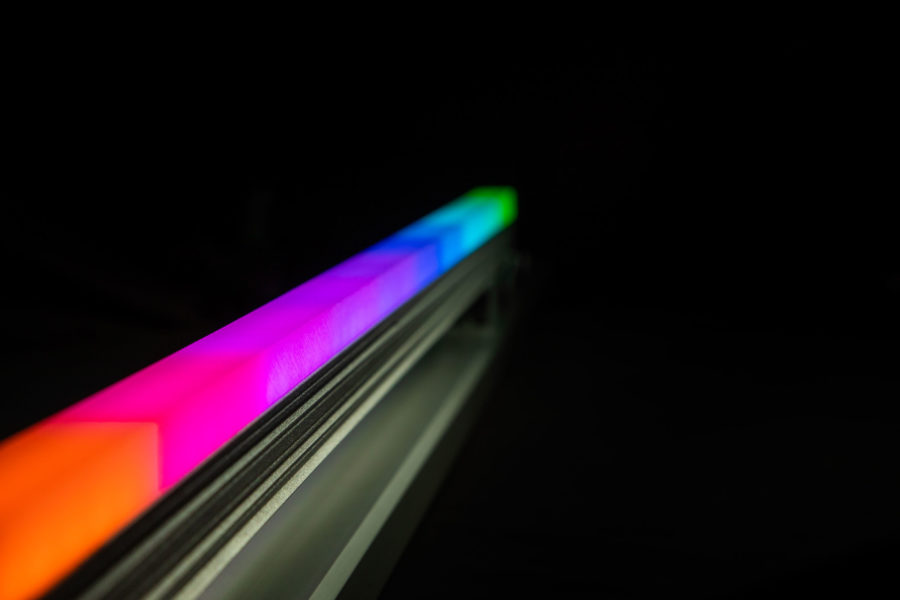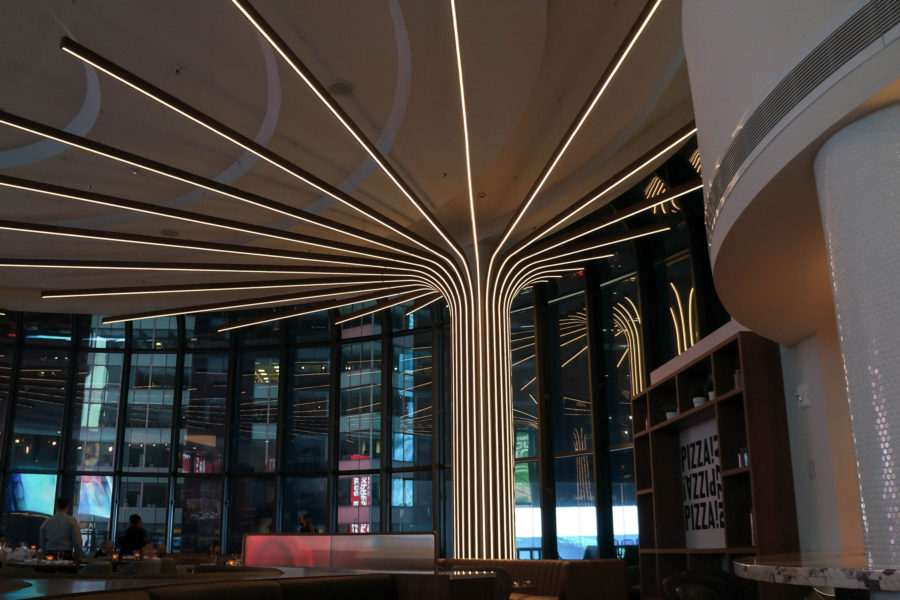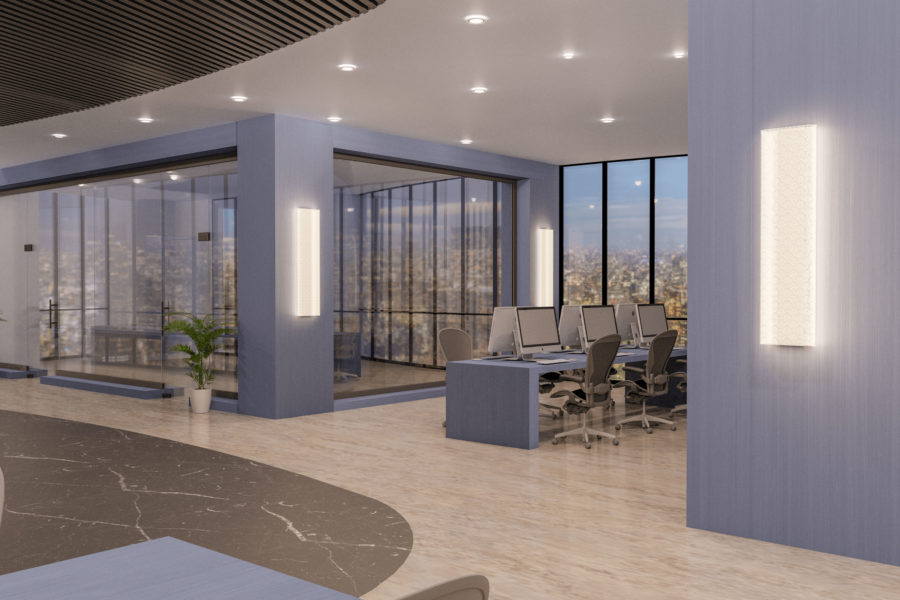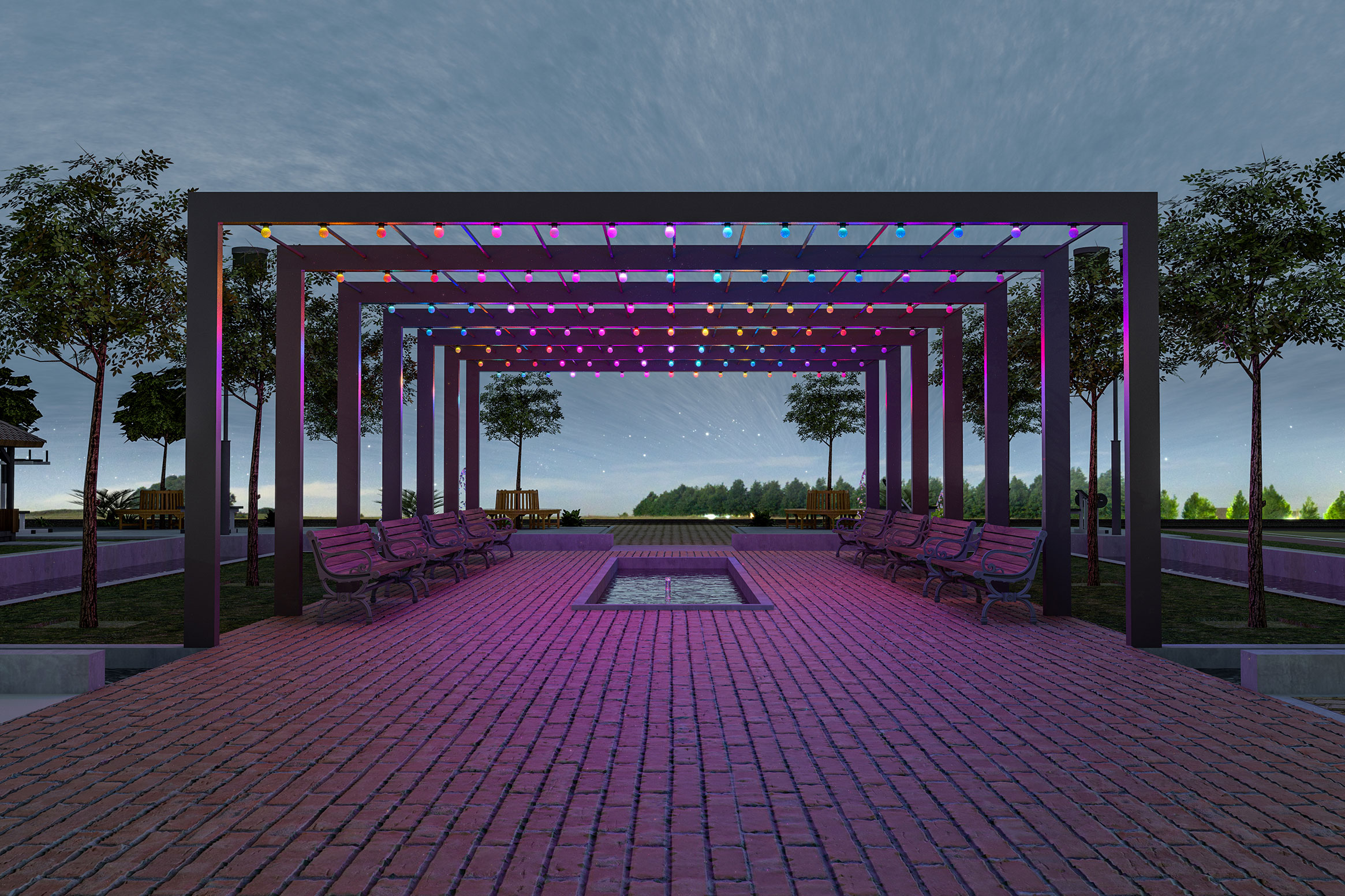What drives innovation? Is it inspired design, regulatory restraint, or consumer desire? The answer is all of these and more.
In 1907, Henry Joseph Round, assistant to Guglielmo Marconi—while experimenting with his cat’s whiskers and silicon carbide—stumbled across the natural phenomenon that became LED technology. Progress is incremental, born of open minds and a “what if” attitude. The stupid question is the one not asked. Curiosity, in this case, lit the cat. One revelation builds upon another.
In 1961 the folks at Texas Instruments, Robert Biard and Gary Pittman, patented an infrared LED. We’re getting closer. Albeit invisible to the human eye, beyond the visible light spectrum, it was progress, one step at a time. There is a synchronistic blending of what’s possible with what’s available now.
Shortly after, in 1962, the first visible-light LED was created thanks to Nick Holonyack, a consultant for General Electric. It was a red LED in which Holonyack used gallium arsenide phosphide as a substrate for the diode. Holonyack was a true innovator, holding 41 patents—including the laser diode and the first light dimmer, all born from the question “What if?”
M. George Craford invented the first yellow-colored LED for Monsanto using gallium arsenide phosphide in the diode in 1972. Right- and left-brained inventors like Craford build and drive innovation, as he went on to invent a red LED 10 times brighter than Holonyack’s.
Necessity is the Mother of Invention

Tivoli’s Magic Linear Bar can provide a wide range of color options with 4-inch pixel control. Photo courtesy of Tivoli
In 1976, with the birth of fiber optics and fiber telecommunications, electrical engineer Thomas P. Pearsall invented a bright, high-efficiency LED optimizing transmission wavelength for optical fiber.
The invention changed the design world. Pearsall’s LED is not only useful in communications, but Fiber Optic Drops or Star Curtains have also been used by the entertainment and event industries for decades. These industries use CYM (Cyan, Magenta, Yellow), color mixing wheels, and DMX-controlled illuminators to create breathtakingly realistic, simple star fields as well as custom patterns, graphics, and logos.
Finally, in 2014, Japanese Nobel laureate and co-winner of the Nobel Prize in Physics Isamu Akasaki invented the world’s first efficient blue light-emitting diodes using gallium nitride.
Science and Creativity

Tivoli’s Trace can accent interior and exterior space with a wide array of color options and LED intensities. Photo courtesy of Tivoli
Today, based on consumer demand there is a technique that allows for a single LED to produce all three primary colors. What once required three or four individual LEDs can now be done with one. Who’s going to miss the old, spotty effect of clustered multicolored LEDs? No one.
Thanks to Akasaki, we finally achieved the elusive blue LED, giving way to a whole new world of full-spectrum LED displays, color tuning, and mixing. We’ve already seen magnificent innovation in form and application in all aspects of the modern world. This can be seen in every industry—from medicine, automotive, architecture, electronics, and aerospace to children’s toys, horticulture, and entertainment. LEDs are efficient and continually becoming smaller and brighter.
For years 100 lumens per watt was like the four-minute mile. Well, we smashed through that barrier. We’re now seeing more than 220 Lumens per watt LEDs being mass-produced.
COB or “Chip-On-Board” now affords form factor flexibility and brightness not seen before, inspiring the development of high-resolution displays, advancements in color therapy, and smaller profiles for retail and display, art, and entertainment.
With the exciting blending of entertainment and architectural lighting, or “architainment,” we are witnessing entire city skylines become landscapes of color and exciting pallets of inspired changing light, triggering both our imagination and our emotions.
Reversed LED Cooling
Another exciting new development in LED physics is the concept of running LEDs in reverse to create a cooling effect. Recently it was demonstrated that if you run LEDs backward—rather than doing nothing, as one would expect from a diode—you achieve a very short-range cooling effect to the tune of 6W/m2.
Projections forecast cooling capacity in the realm of 1000W/m2. This could be achieved in the future by actually using the LEDs themselves to draw heat away from the processor which opens the door to improved heat performance in wearables, mobile devices, and more.
Color tuning and spectrum control have endless possibilities in the horticultural markets, designed to stimulate growth under controlled conditions. Bioengineers are experimenting worldwide and reporting remarkable findings, once again driving innovation to literally feed the masses.
Style and Function
The automotive industry continues to utilize LED technology across all lines and models to great benefit, not just for eye-catching undercarriage or accent linear lighting, but as forward sensing illumination technology.
This technology utilizes adaptive driving beam headlight levels and LED arrays to reduce glare while optimizing illumination for the driver. LEDs are changing the way we see and interact with the world around us. No question, we are in the most exciting time since Edison’s invention of the light bulb.
Human-Centric LED Lighting

Tivoli’s Aurora is an ideal choice for office spaces. Photo courtesy of Tivoli
We continue to improve our quality of life by introducing interactive LED lighting in unison with dynamic lifeforms to create environments conducive to calm, productivity, and quality rest through color tuning. No other light source does a better job mimicking the sun’s broad color spectrum than the LED.
Intelligent programming in harmony with our natural circadian rhythms is bringing us closer in balance with our natural sleeping and waking cycles in an otherwise detached tech-centric world. LED does a magnificent job of creating bluer “daylight” and warmer “evening” light, each suppressing or stimulating the production of melatonin, allowing for intentional application to achieve the desired biological outcome.
Beyond the obvious and dramatic savings regarding power consumption, LEDs working in conjunction with light level and motion sensing, or occupancy technology, are allowing for intelligent application in every imaginable environment. These technologies react by adjusting light levels, consciously accounting for ambient light in a specific area occupied by turning on/off or dimming. This not only saves money but reduces our carbon footprint and decreases our burden on the planet.
The Internet of Things

Tivoli’s Aurora can bring ample light indoors with multiple CCTs and custom shade options. Photo courtesy of Tivoli
The number of gadgets, machines, appliances, HVAC, and environmental control systems that talk via the internet grows daily, including lighting control. The Internet of Things (IoT) is becoming the connective tissue bringing all aspects of our created environments into synchronicity. Smart homes, office buildings, warehouses, commercial and retail spaces, are all choreographed or triggered by our occupancy in sync with our circadian rhythms.
Li-Fi
To help ease traffic on the congested Wi-Fi highway, the latest idea sprung from the scientific evolution of LED lighting is Li-Fi. Think Wi-Fi but using light waves, not radio waves, and up to 100 times faster.
Including Li-Fi into architectural design can provide an alternative solution where dependable internet connection may be a challenge. LEDs allow for the modulation of light at high rates, and this can create a line-of-sight internet connection with broad-spectrum capacity and astounding transmission rates.
To think that we may soon see DC LEDs that manage all the power for the LED right on the chip itself is amazing. No external drivers result in a cleaner design and more lumen output with less power consumption. Or molded LED foil made of LED arrays with optics for flexible LED displays. I’m excited to see what the design community will create with that.
Advancements in every disciple and technology, including robotics and AI, are geometric, and the LED is at the core of it all—supporting communications, human-centric environments, responsible power consumption, and conservation all the while proving the tools for creativity, and of course, style.
Onward and upward for those involved in the green building and design landscape, who can now turn their vision into reality.



